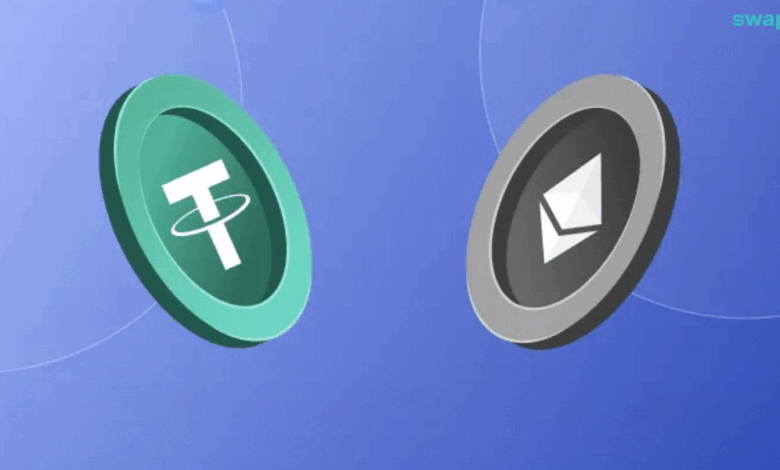
As cryptocurrencies continue to expand across various blockchain networks, users frequently face a common challenge: transferring assets like USDT or ETH between incompatible chains. Cross-chain swaps solve this problem by enabling direct exchanges between coins and tokens on different blockchains without needing intermediaries or centralized exchanges. These swaps are essential when you want to convert something like USDT TRC20 to ERC20, ensuring you can move assets between TRON and Ethereum efficiently and securely.
The growing popularity of cross-chain transactions has led to the emergence of several platforms offering these services. Yet, choosing a trusted and transparent exchange hub is critical for avoiding slippage, high fees, or lost funds. That’s where LetsExchange stands out.
LetsExchange provides access to cross-chain swaps involving over 5,000 coins and tokens across more than 300 networks. Whether you’re switching between native tokens or using stablecoins like USDT, the platform simplifies every step, with no need to go through lengthy verification processes. In addition to swap services, the platform supports bridge functionality, which allows users to move tokens between incompatible networks, offering a smooth and risk-reduced alternative to traditional blockchain bridges.
One of the most frequent use cases involves users wanting to convert USDT TRC20 to ERC20—perhaps to access Ethereum-based dApps or DeFi services. LetsExchange enables this in just a few clicks, automatically choosing the most efficient route and optimal liquidity source among multiple providers such as Binance, OKX, Gate.io, and others. These integrations ensure competitive rates and fast execution even when handling large volumes.
Besides stablecoins, cross-chain compatibility is becoming increasingly important for utility tokens tied to mobile apps or fitness platforms. Take Sweatcoin, for example: a token that rewards physical activity. As users accumulate tokens, the option to sell Sweatcoin quickly becomes essential, particularly when they want to convert it into a more liquid or stable digital asset. LetsExchange allows this process without limitations on amount, offering both floating and fixed rates depending on user preferences.
To learn more about how to conduct cross-chain swaps safely, including a full guide on bridge usage, visit the LetsExchange blog. The platform is continuously expanding its capabilities, with plans to launch a mobile app and introduce a custodial and non-custodial wallet as part of its broader development strategy.
LetsExchange has already built a strong reputation for security and compliance. The platform runs continuous AML screening for every transaction and partners with leading AML service providers like AMLBot and Crystal Blockchain. This automatic check ensures that swapped funds are not linked to any suspicious activity. If a transaction triggers an alert, the system may request additional verification, offering a level of safety that many decentralized exchanges lack.
One of the benefits of using LetsExchange for cross-chain operations is the simplicity of its tools. The site offers customizable widgets and buttons, enabling seamless integration into third-party platforms. This is particularly valuable for wallets and financial apps that want to provide cross-chain swapping without developing the infrastructure from scratch. Moreover, the Telegram mini app adds convenience for users who prefer mobile-first crypto trading solutions.
Whether you aim to bridge stablecoins across chains or sell Sweatcoin for Bitcoin or Ethereum, LetsExchange provides a fast, anonymous, and secure environment. The system is backed by deep liquidity and an interface accessible to beginners and professionals alike.
Cross-chain swaps are no longer a feature for advanced traders only. With LetsExchange, anyone can securely manage assets across multiple networks without friction, no matter how complex the transaction path might seem.
The letsexchenge provides access to more than 5,000 coins and tokens attached to the cross-chain swap in more than 300 networks. Whether you are switching between native tokens or using stablecoins such as USDT, the platform simplifies every step, which does not require to undergo long verification processes. In addition to swap services, the platform supports bridge functionality, which allows users to move tokens between incompatible networks, providing a smooth and risk-less option for traditional blockchain bridges.


